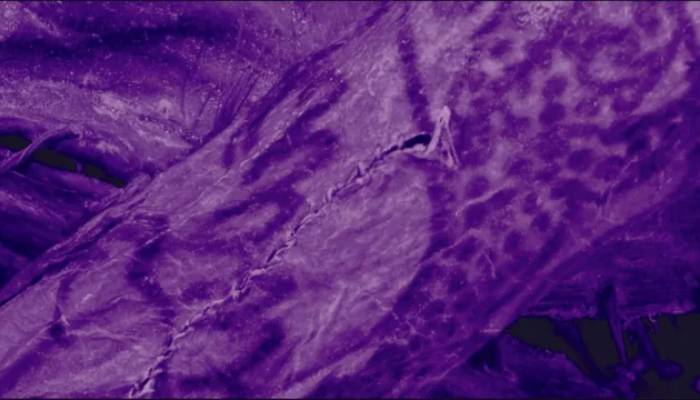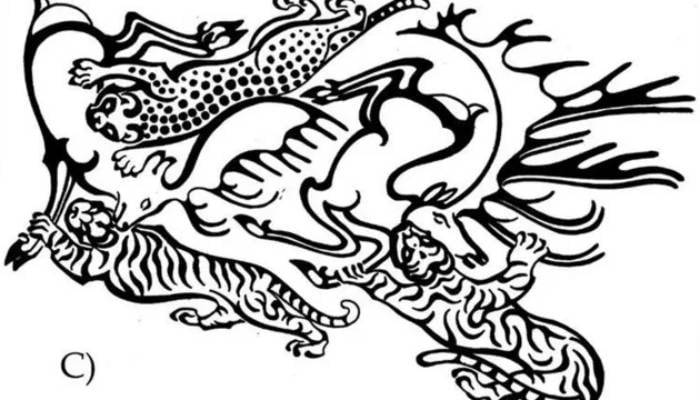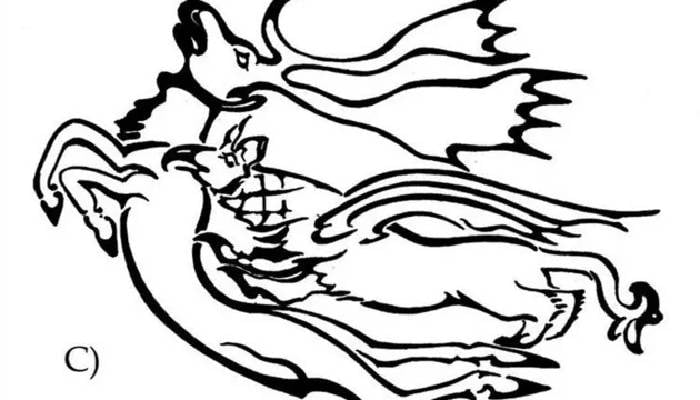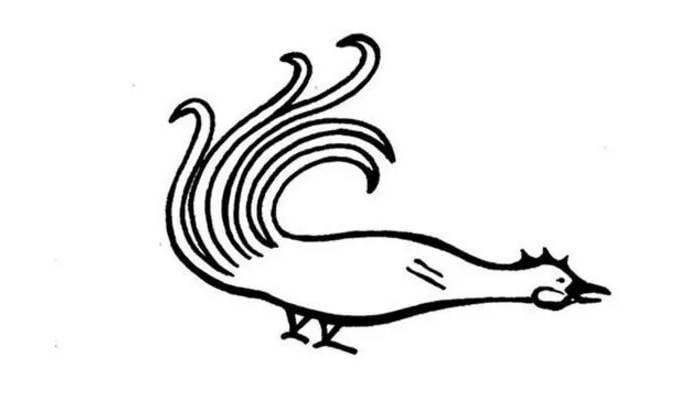
In a surprising development, scientists recently used advanced imaging to closely examine tattoos on 2,500 year old frozen mummy discovered in Siberia.
The preserved bodies of ice mummies were first discovered in frozen tombs in Siberia's Altai mountains during 1800s.
Using near-infrared digital photography at the Hermitage Museum in St. Petersburg, Russian experts have managed to create detailed and high-resolution images of the tattoos for the very first time, as per BBC.
The detailed tattoos of animals like leopards, a stag, a rooster and a mythical creature found on the woman's body gave valuable clues about the beliefs and traditions of an ancient warrior society.
The woman with the tattoos, who was around 50 years of age, belonged to Pazyryk people, a nomadic group known for riding horses and living on the vast steppe between China and Europe.
On her right hand, there were images of leopards positioned around a deer's head and on her left, there was a tattoo of a griffin, a mythical creature, appearing to fight with a stag.


Lead author Dr Gino Caspari from the Max Planck Institute of Geoanthropology and the University of Bern said, "The insights really drive home to me the point of how sophisticated these people were."
But the woman also had a rooster on her thumb, showing "an intriguing style with a certain uniqueness," says Dr Caspari.

These designs were so detailed and skilfully made that even modern tattoo artists would struggle to replicate them on body.
To better understand how these tattoos were created, archaeologists collaborated with modern tattoo artist who specializes in recreating ancient design on himself.
By analysing the marks in the woman's skin, researchers believe the tattoos on the woman's skin were first drawn using stencil before being permanently inked.
They suspect that the tattooing was done using tools similar to needles while the ink used was probably made from burned plants or soot.












